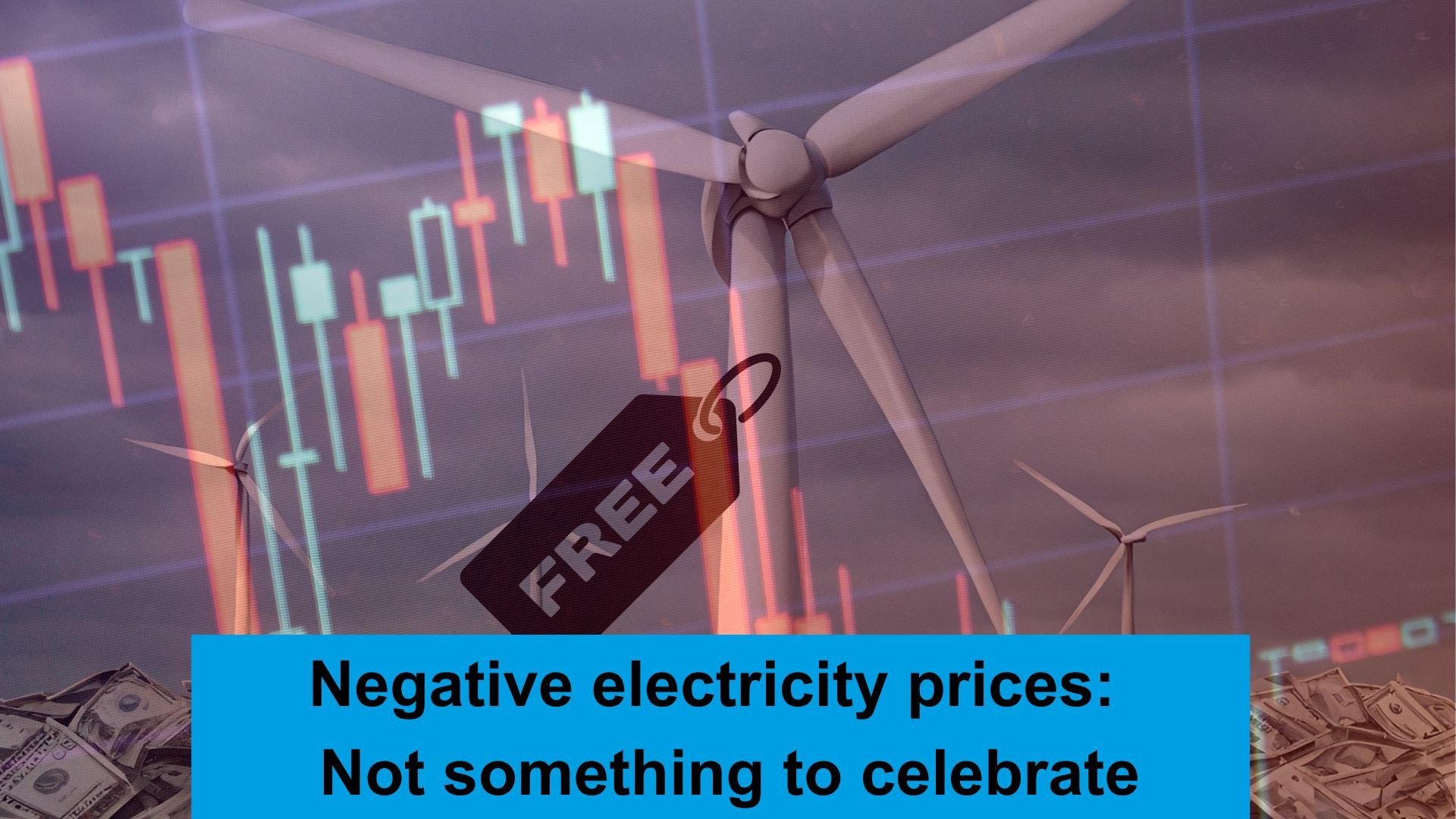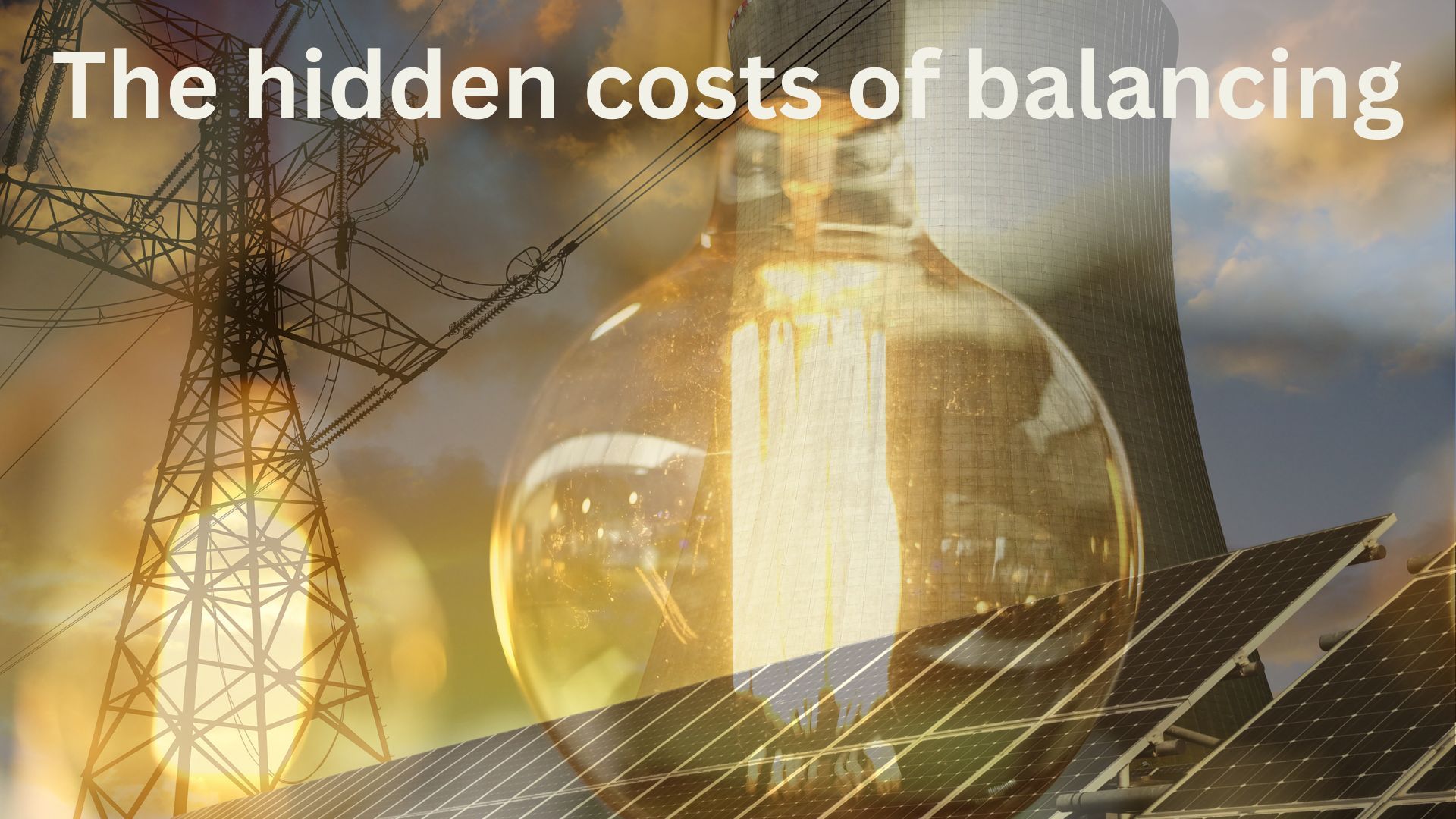Complex organisations can use transfer pricing to improve efficiency - if they do it properly

Complex organisations use transfer pricing to move costs, profits and risks around the business. Done correctly it can be a great tool in understanding performance and managing risk; done badly, it can be a frustrating way to pass blame and create internal cottage industries. Energy has many idiosyncrasies that make transfer pricing complex, yet also valuable to put accountability in the right place.
At the top-level transfer pricing is a way of making sure that costs are efficiently accounted for and passed on to another department – ultimately providing an accurate cost stack that can be used for pricing to market; however within this process are numerous opportunities to generate poor outcomes, some of which are outlined below.
For help in reviewing or developing your approach please get in touch.
🏆𝐀𝐫𝐞 𝐢𝐧𝐜𝐞𝐧𝐭𝐢𝐯𝐞𝐬 𝐚𝐥𝐢𝐠𝐧𝐞𝐝? 🏆
Critical to any transfer pricing activity is alignment of incentives at the point of transfer along the whole chain. Making an area responsible for a cost that it cannot manage, either because of the tools at its disposal or the way it is levied creates the potential for poor incentives and buy-in to any transfer pricing relationship. It is possible that a department ends up with a problem without the tools to fix it, making the use of transfer pricing weak.
If an area of the business is responsible for both the pricing and management of a particular cost, and is given the right tools, there are clear incentives to manage the cost – the challenge is then to ensure hidden risk premia don’t creep in which impact the competitiveness.
𝐖𝐡𝐚𝐭 𝐩𝐫𝐢𝐜𝐞 𝐢𝐬 𝐮𝐬𝐞𝐝 – 𝐦𝐚𝐫𝐤𝐞𝐭, 𝐛𝐨𝐭𝐭𝐨𝐦 𝐮𝐩 𝐨𝐫 𝐭𝐨𝐩 𝐝𝐨𝐰𝐧? 👀
If there is a visible market price (in the right format for the end product) this is a good basis for internal transfers. However, if transformation of a visible price into something more granular is needed for pricing purposes (e.g. baseload electricity to a half hourly profile) this may involve certain assumptions and calculations to be made, so ensuring ownership and accountability for different elements is crucial to effective operation.
Where there is no market price wither an internal bottom-up modelled price, or external sales price minus can be used. Both have pros and cons – but key is making them truly market reflective, and in the case of sales price minus ensuring controls on sales are adequate to avoid chasing the market down.
💰𝐇𝐨𝐰 𝐚𝐫𝐞 𝐦𝐚𝐫𝐠𝐢𝐧 𝐚𝐧𝐝 𝐫𝐢𝐬𝐤𝐬 𝐚𝐜𝐜𝐨𝐮𝐧𝐭𝐞𝐝 𝐟𝐨𝐫? 👮 ⚖
In a physical market such as energy there will always be variance between forecast and outcome, which creates the need to either accrue for risks up-front, or accept variance in delivered margin compared to sold margin.
A clear policy across all transfers avoids nasty surprises later.
Share this on social media










